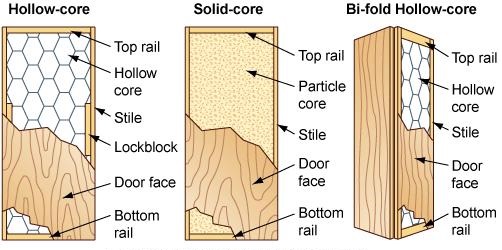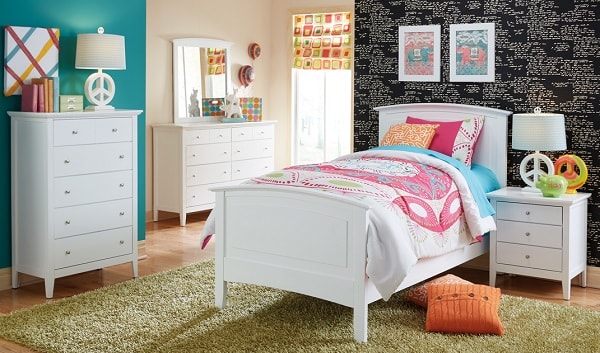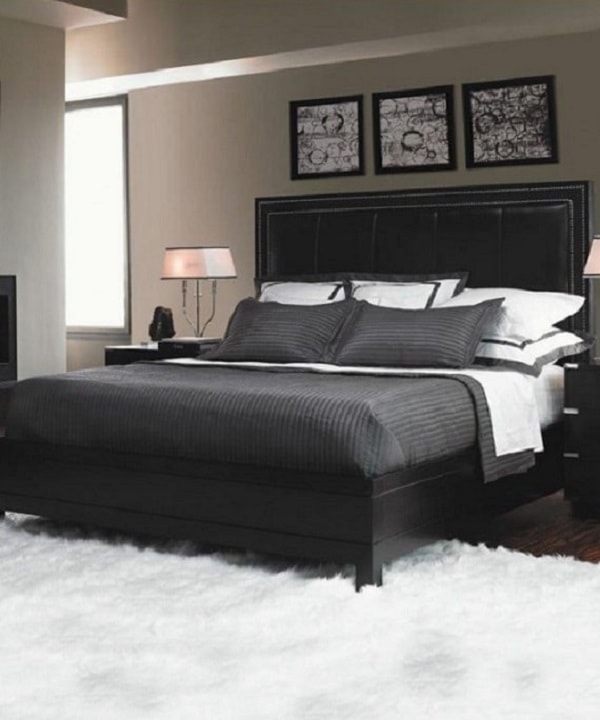After soundproofing your bedroom’s wall, one most important thing to consider is creating soundproof bedroom door. Beside the window, the biggest opening in the bedroom is the doorway. Even if the wall is well-soundproofed, the door still can transmit the sound from the outside. It is because of the leakage on the rim of the door, or maybe it is because the door itself that is not soundproof. Here, we will give a step-by-step suggestion that you can do it by yourself to fix and create a soundproof bedroom door in the easiest and cheapest way.
Soundproof Bedroom Door
Still, we will remind you about 5 main principles of soundproof bedroom as stated in the earlier article. In order to create a soundproof bedroom door, you still have to consider about mass, absorption, conduction, isolation, and resonance. A more massive and thicker door as solid core door will soundproof better than a hollow core one because it is harder to resonate than the others. A door upholstered with a soft material like padded carpet, vinyl, etc will absorb the sound and will be harder to conduct the sound wave to the bedroom inside. Then finally, you have to keep all openings on the rim of the doorway stay closed.
Even you have to remind about the door sweep that is wide enough to transmit the noise from the outside. Based on these principles we can fix and create a soundproof bedroom door in the cheapest and easiest way that you can do all by yourself.
Choose a Solid Core Door
Credit: 1BestDoor
The first thing that you have to do is check your door first. If it is a solid core door, you’re lucky and you can move to the next step. If it is a hollow core one, you have to replace it with a solid core one. Solid core door itself, has several types of cores. There are at least 9 kinds of solid core door determined by its core material.
We recommend using SLC (Staved Lumber Core) or SLCC (Structural Composite Lumber Core) for your soundproof bedroom because it is denser than PC (Particle Core) and cheaper than STC (Sound Transmission Loss Core). But if you have more budget, you can choose STC, because it is specially designed to restrain the sound. But an SLC or SLCC is enough to build a soundproof bedroom door. In addition, choose a flat door because it has the same thickness all over its surface.
Seal the Leakage in the Doorway
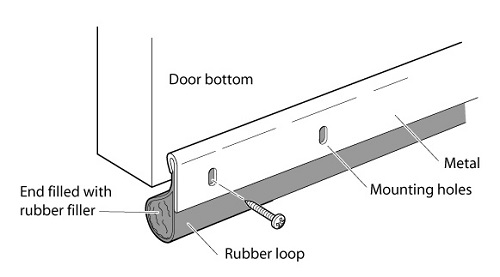
As stated above, the biggest opening in the room is the doorway. Even a tightly closed door may have enough leakage that can pass the sound into the room. The biggest leakage in the doorway is in the door sweep. It is the gap between the door and the floor. To fix this, you have to seal the door sweep. There are many things you can do but the easiest way is applying a soundproof adhesive-backed high-density foam tape around the rim of the door. For a better dampening, there are many manufacturers that produce a special product to soundproof the door sweep. This product is named as Soundproof Door Sweep. It icontains a door-wide-sized and compact rubber loop that can close leakages in the door sweep.
Insulation for the Door
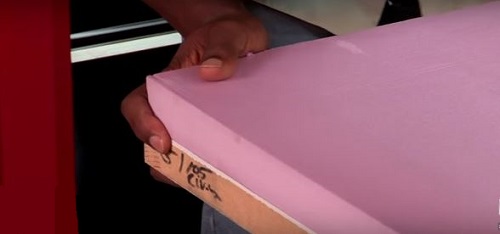
The insulation for the door can be set by laminating the door with padded carpet, thick curtain, or an MLV (mass loaded vinyl) if you have more budget. It is different with the wall that the insulation is in between two drywall. The insulation for the door is on the surface of the wall. This gives an extra absorption to the noise beside the solid core wood that is harder to resonate. You have to decide if you want to dampen the noise from the outside of your bedroom, attach the insulation on the outer side of the other. As the opposite, if you want to dampen the noise from the inside of the door, you may attach it on the inner side of the door.
Choose a softer material that is good for sound absorption. For example, you can attach a sheet of thick sound absorbing foam to the door. Cut it into the size of your door and glue it with noise proofing compound. Then attach it to your door as the glue still wet with screw 17″ apart. If you want to beautify the door, you can decorate it with a wallpaper that is matching with the bedroom wall look.
